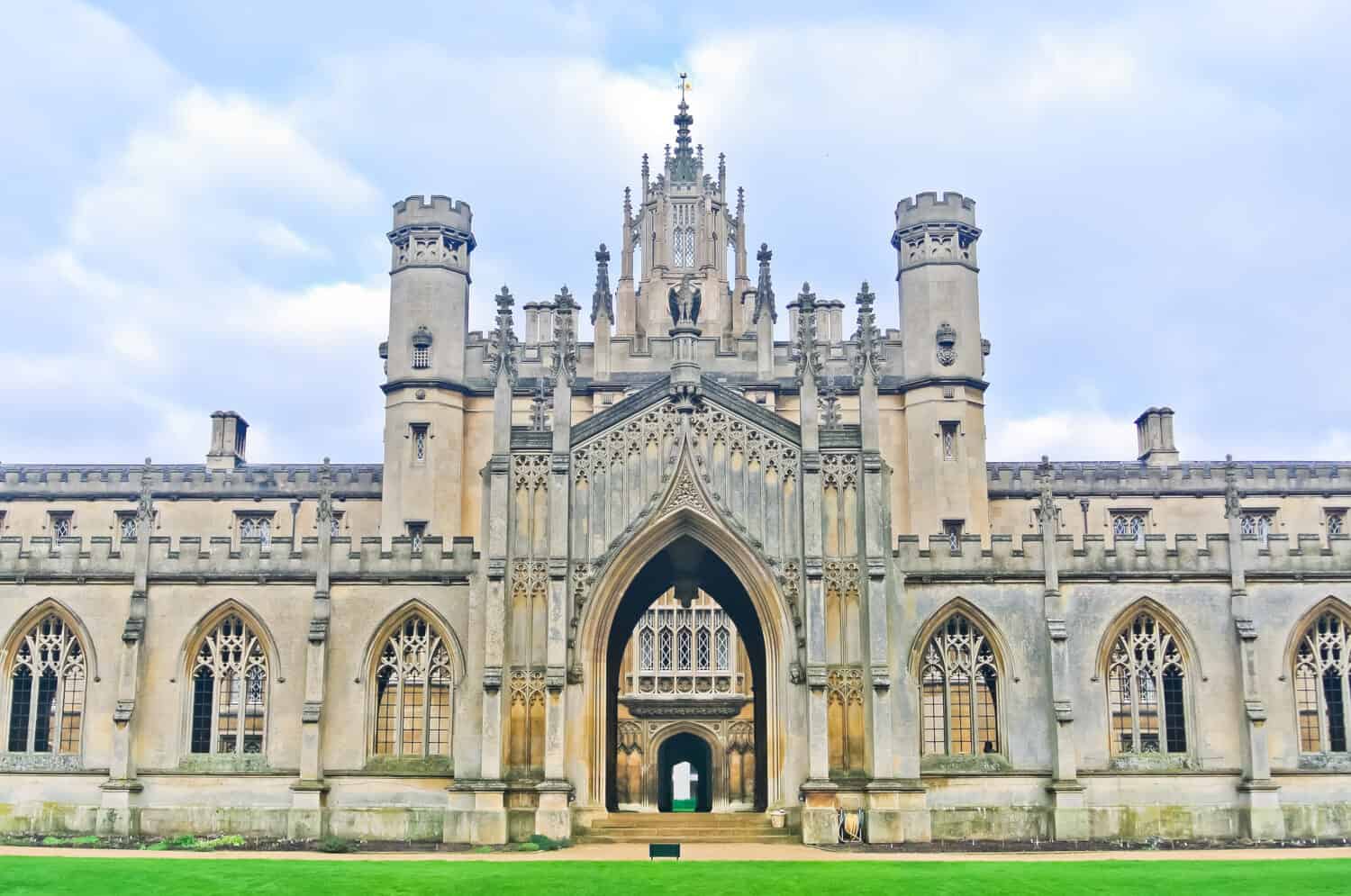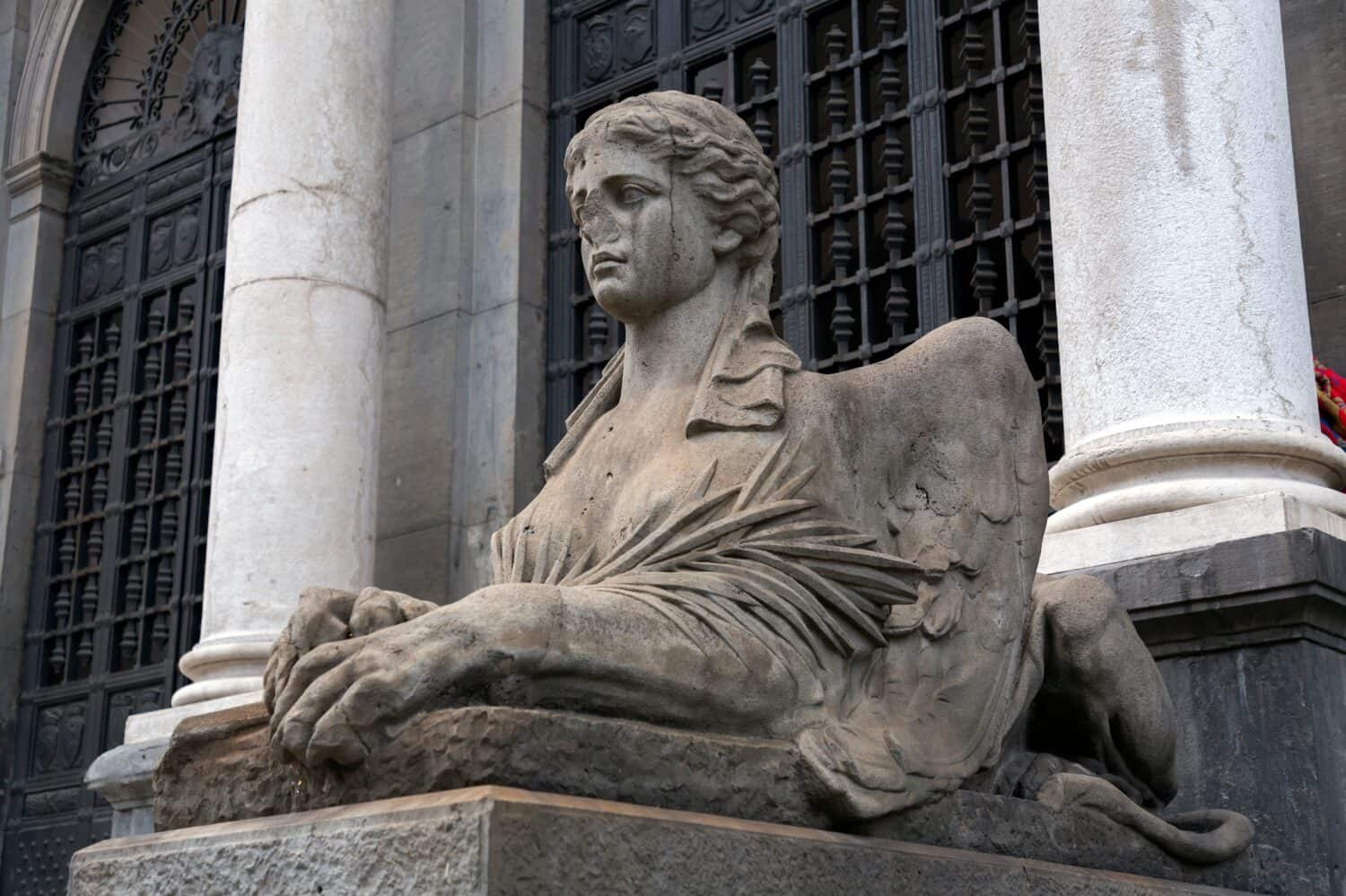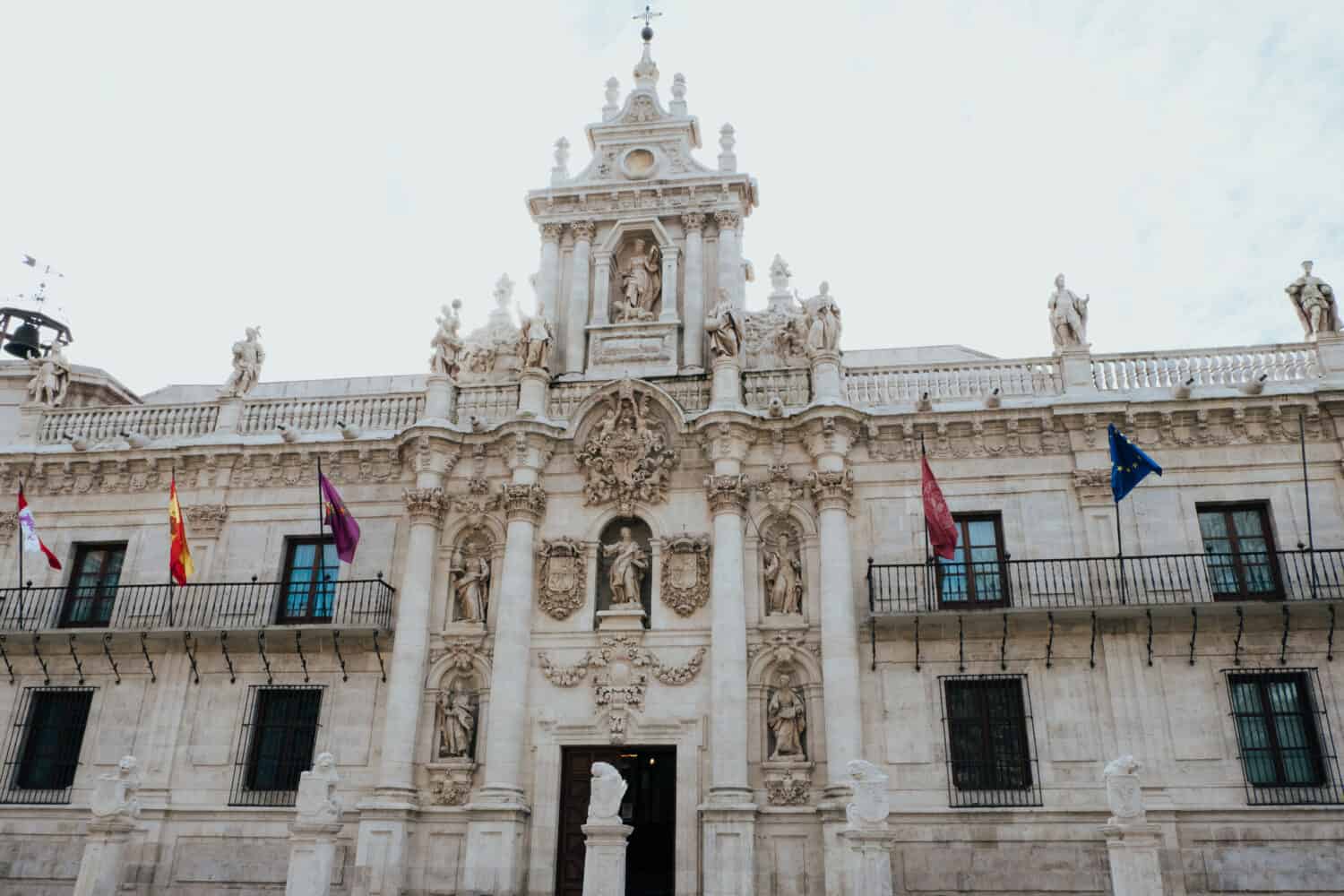As humans started to progress in society, the need for schools was important. People needed to learn about geography, history, languages, science, and mathematics to amass gravitas among the public. This was especially true if those certain persons were to work in a field that did not require manual labor and was more of a “thinking” occupation. Higher institutions were formed to create avenues for more specialized careers.
The oldest universities in the world are said to have been established thousands of years ago. In Europe, classes were taught starting around 1088 and since then, universities have been established throughout the world. Let’s explore the 11 oldest universities in Europe. We’ll go over a little of their founding history and other fun facts.
1. University of Bologna

According to the QS World Universities Rankings, the University of Bologna ranks 160th.
©vvoe/Shutterstock.com
Teaching began at the University of Bologna around 1088. It was the first place to use the term university in its name, as Universitas. The university’s motto is Alma Mater Studiorum, which means “Nourishing mother of studies” in Latin.
The University of Bologna has the recognition of being the center of the sciences during the Renaissance period. Famed mathematician Nicholas Copernicus studied here, as well as Italian politicians and popes. Bettisia Gozzadini is the first woman to earn a degree and teach at the university.
2. University of Oxford

One of the most famous students at the University of Oxford was Stephen Hawking, the renowned physicist, and cosmologist.
©Sergii Figurnyi/Shutterstock.com
Today, the University of Oxford is one of the most prestigious institutions in the world. Founded by Alfred the Great, teaching started around 1096. Over the years it grew substantially in size because of King Henry II’s decree banning English students from attending the University of Paris. The university has had the distinction of teaching Nobel Peace laureates, Olympic medalists, heads of state, government officials, and 30 UK Prime Ministers.
3. University of Paris

The Sorbonne University is one of the universities that was founded after the University of Paris was divided into 13 institutions.
©Wirestock Creators/Shutterstock.com
Teaching began in 1150 and it quickly established itself as a leading institution in Europe. The only period during which the university suspended classes was during the French Revolution in the late 1790s and early 1800s. The university’s particular recognition was in theology and philosophy.
Several popes, members of royalty, and scientists studied at the University of Paris. A period of civil unrest that lasted seven weeks in May of 1968 led to the university closing in 1970. It was then divided into 13 separate institutions, of which one was Sorbonne University.
4. University of Cambridge

The Cambridge University Press, also called the Queen’s Printer, is the world’s oldest university press.
©Javen/Shutterstock.com
Founded in 1209, the University of Cambridge was formed because several Oxford students and teachers protested and decided to leave for Cambridge, England. Since then, Oxford and Cambridge have been rivals. King Henry III officially recognized the university in 1231.
Like Oxford, the University of Cambridge has become one of the most prestigious higher institutions in the world. Nobel laureates, Olympic winners, historical figures, and world-renowned academics have studied here including Oliver Cromwell, Francis Bacon, Isaac Newton, and Alan Turing.
5. University of Salamanca

The University of Salamanca is Spain’s oldest continuous educational institution.
©roberaten/Shutterstock.com
The oldest university in Spain, the University of Salamanca was founded in 1218. It gained prestige quickly and many academics and scholars studied there. It is believed that Christopher Columbus made his case of exploring the Indies via a western route to a council of geographers at the university. The council approved of his voyage and it was then that the King and Queen gave him the contract for his exploration.
6. University of Padua

Elena Cornaro Piscopia became the first woman to be conferred with a degree at the University of Padua.
©Enrico Della Pietra/Shutterstock.com
Founded in 1222, the University of Padua was founded because students and professors left the University of Bologna due to restrictions in Bologna. They wanted more freedom in what they could teach and learn. Thus, the motto at the University of Padua states, “Universa universis patavina libertas, which means “Paduan Freedom is Universal for Everyone” in Latin.
Theology and law were among the first subjects taught here. The botanical gardens in the university are world-famous and considered a UNESCO World Heritage Site.
7. University of Naples Federico II

It is said that St. Thomas Aquinas studied at the University of Naples Federico II around 1239.
©ColorMaker/Shutterstock.com
On June 5, 1224, Emperor Federico II founded the university as a free, public university. When establishing the university, he had two goals. First, he wanted to ensure that students in the university were able to learn about the ins and outs of the kingdom’s ministries and administrations, and train lawyers and judges in creating laws.
Second, he wanted to enhance cultural learning with students. The University of Naples Federico II is the world’s oldest secular public institution in the world.
8. University of Siena

The University of Siena closed from 1808-1815 when Napoleon occupied Tuscany.
©ColorMaker/Shutterstock.com
Founded in 1240, the University of Siena was established as a public university. Taxes were levied amongst residents in Siena to pay for teachers’ salaries. Establishing itself as a leading school of medicine, a notable alumnus was Pietro Ispano, who became Pope John XXI and was also the personal doctor to Emperor Federico II.
9. University of Valladolid

The University of Valladolid received its papal recognition as an official institution in 1346.
©diegorayaces/Shutterstock.com
Located in Castile and Leon, the University of Valladolid was founded in 1241. It received papal recognition until 1346, however. Furthermore, the university was noted for its outstanding architecture and one of the first buildings constructed was demolished in 1909 to make way for renovations. Today, the university operates on seven campuses throughout Spain and has 26,000 students.
10. University of Coimbra

The University of Coimbra was originally located in Lisbon but changed locations in 1308.
©Vitor Miranda/Shutterstock.com
Founded in 1290 in Lisbon, it moved to Coimbra in 1308 but then moved back to Lisbon. It moved several times to Coimbra and back again to Lisbon until finally settling in Coimbra in 1537. The university is a UNESCO World Heritage site because of its architecture, traditions, and history. Notable alumni include poet Luis de Camões, several Portuguese prime ministers and presidents, and Nobel laureates.
11. University of Perugia

The University of Perugia’s colors are blue and red.
©trabantos/Shutterstock.com
Founded in 1308, the University of Perugia was established as a free, public university. It wasn’t until 1355, however, that Emperor Charles IV issued a bull that established it as an imperial university. Notable alumni include scientists, popes, politicians, and doctors. Today, the university houses about 27,000 students.
Conclusion
And there you have it, these are the 11 oldest universities in Europe. Higher institutions have now become the norm. Although only 6.7% of the world gets some sort of college degree, most countries in the “first world” have redirected the populace to study at colleges and universities. Thus, many of them in Europe grant students affordable or free college education. As the world gets more and more competitive with careers, it will be more essential than ever to receive a university education.
The 11 Oldest Universities in Europe
| Rank | University | Year | Location |
|---|---|---|---|
| 1 | University of Bologna | 1088 | Bologna, Italy |
| 2 | University of Oxford | 1096 | Oxford, UK |
| 3 | University of Paris | 1150 | Paris, France |
| 4 | University of Cambridge | 1209 | Cambridge, UK |
| 5 | University of Salamanca | 1218 | Salamanca, Spain |
| 6 | University of Padua | 1222 | Padua, Italy |
| 7 | University of Naples Federico II | 1224 | Naples, Italy |
| 8 | University of Siena | 1240 | Siena, Italy |
| 9 | University of Valladolid | 1241 | Valladolid, Spain |
| 10 | University of Coimbra | 1290 | Coimbra, Portugal |
| 11 | University of Perugia | 1308 | Perugia, Italy |
Thank you for reading! Have some feedback for us? Contact the AZ Animals editorial team.








